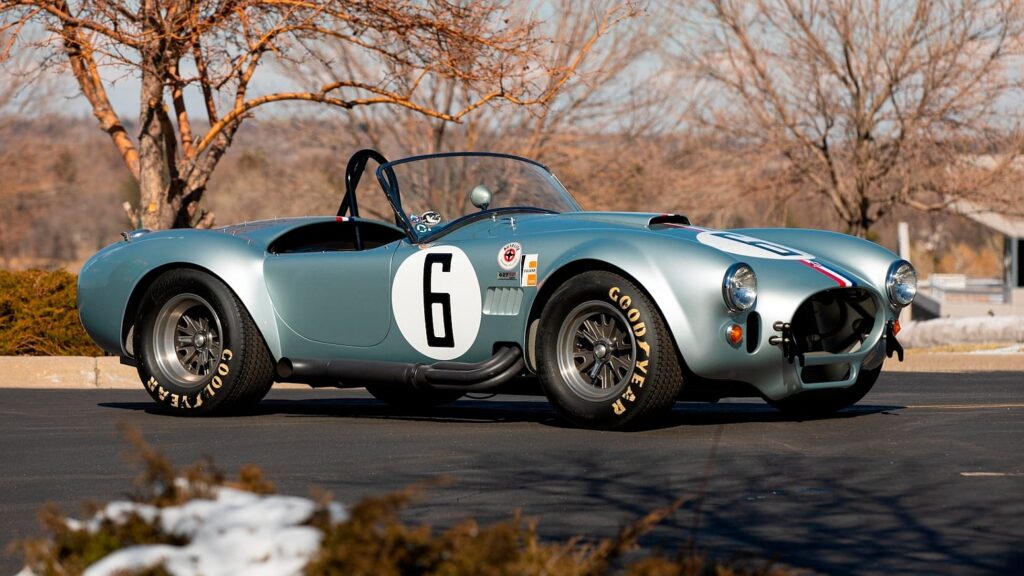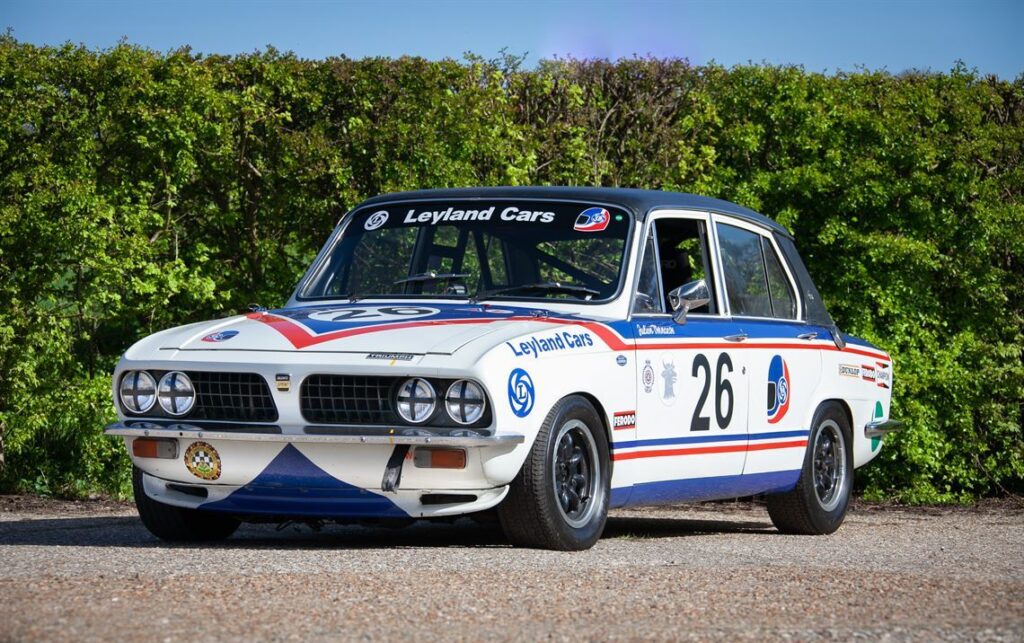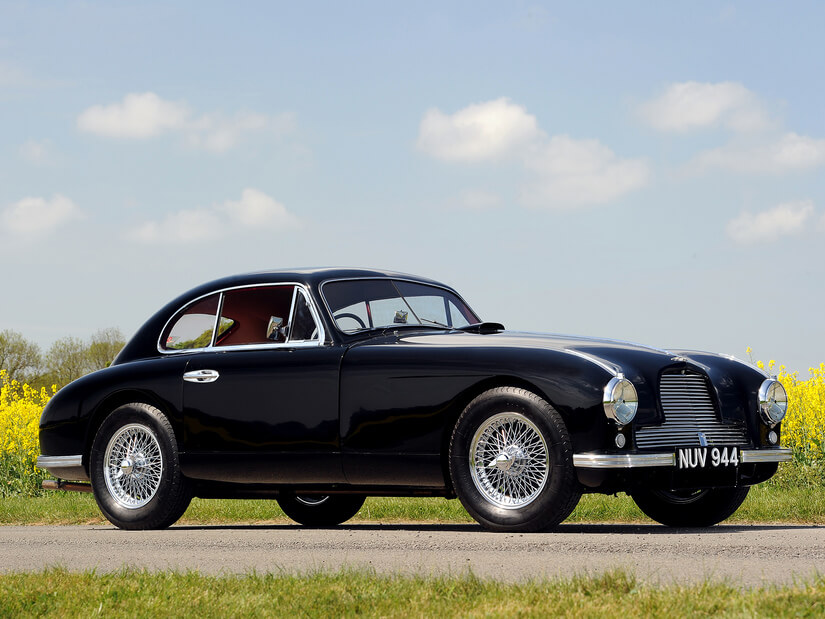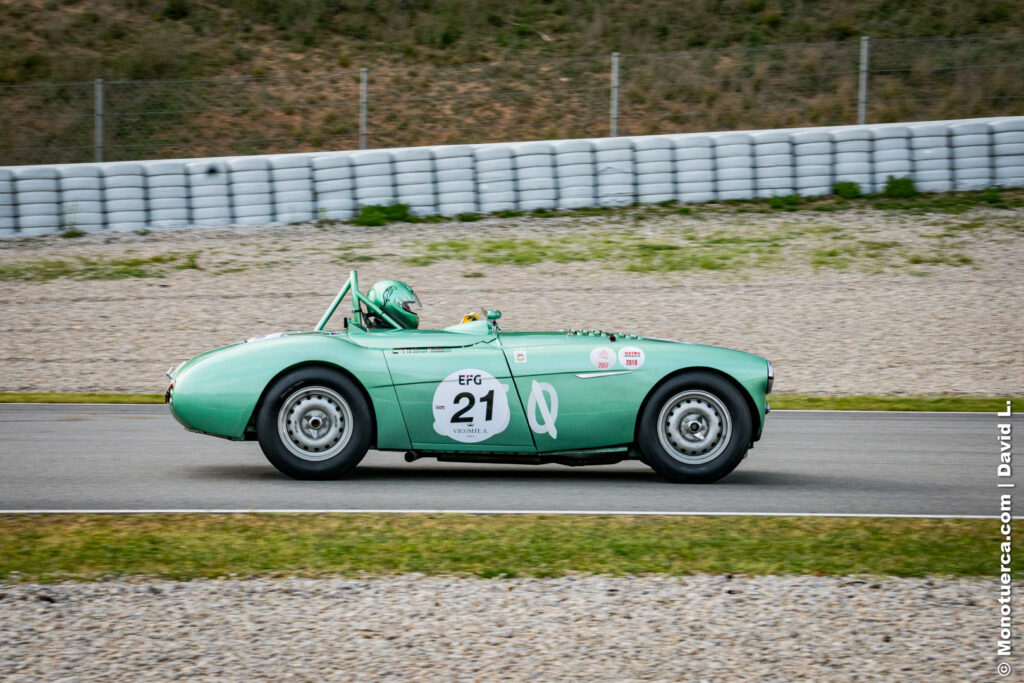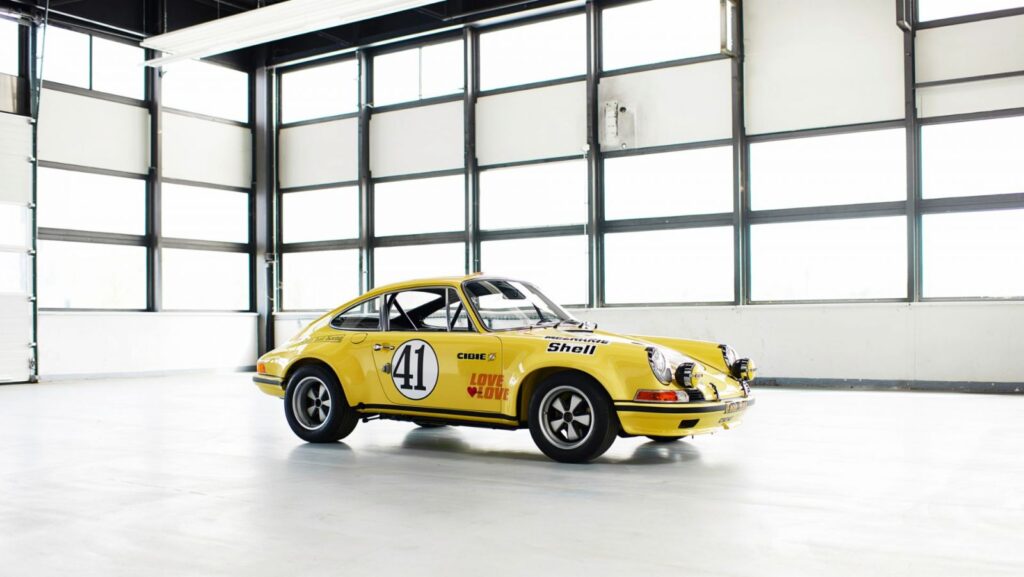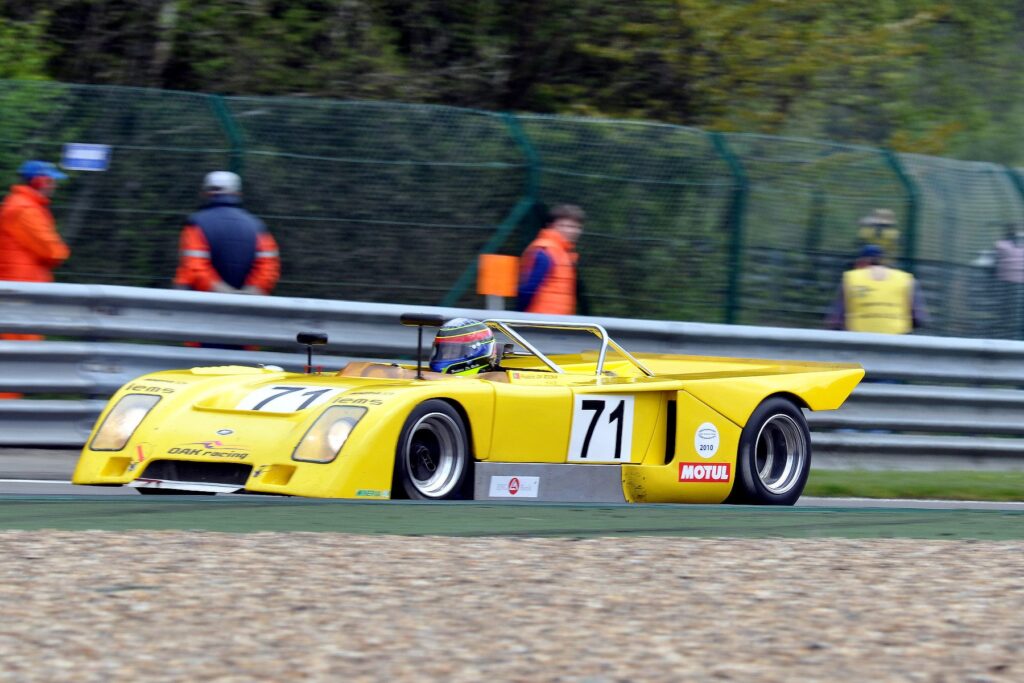1990 Spice SE90
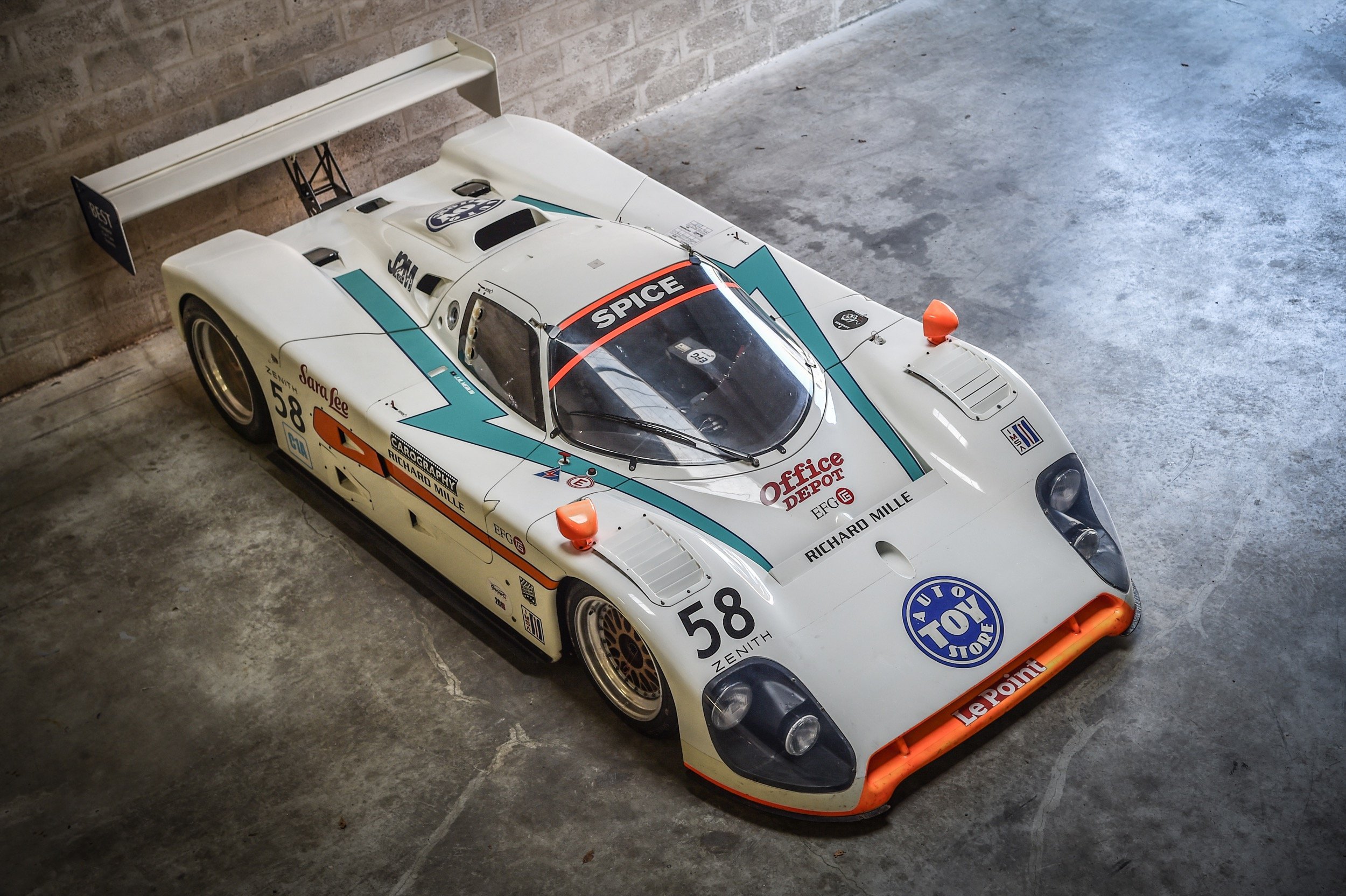
1990 Spice SE90
Brand
Ferrari
Year
1990
Country
Great Britain
Generation
Spice SE90

1990 Spice SE90
Brand
Spice
Year
1990
Country
Great Britain
Generation
Spice SE90
About this car
Discover the history
The Spice SE90, introduced in 1990, was a significant evolution of the British manufacturer’s racing program, built for competition in both the World Sportscar Championship (WSC) and the IMSA GTP series. Available in two distinct versions, the SE90C for Group C1 racing and the SE90P for the IMSA GTP category, it reflected the increasing emphasis on aerodynamics, engine power, and handling precision in the late 1980s and early 1990s sports car racing scene. The car was developed in collaboration with a range of manufacturers, including Chevrolet, Acura, and Ferrari, to provide flexibility across different engine specifications while maintaining a competitive edge in both international and North American competitions.
The SE90C, designed for the WSC, featured a carbon-fiber monocoque chassis combined with a mix of composite and Kevlar bodywork, enhancing both safety and performance. This design, paired with double wishbone suspension front and rear, allowed the car to handle a variety of track surfaces and conditions at high speeds. The engine options for the SE90C included the Cosworth DFV and DFL engines, providing a substantial range of power from 425 to 800 horsepower, depending on the configuration. This made the SE90C an adaptable machine capable of competing at the top level of the WSC, although it struggled to clinch top finishes due to intense competition from teams like Jaguar and Mercedes-Benz during the period.




In contrast, the SE90P was tailored for the IMSA GTP series, where it faced different challenges and rivalries. It was built with similar structural features, such as the aluminum honeycomb chassis, and similarly utilized composite bodywork for maximum aerodynamic efficiency. The SE90P’s engine options were more varied, with options from Chevrolet, Acura, Buick, and Ferrari, offering a broader range of engine sizes, from 3.0 to 6.5 liters. This flexibility allowed teams to choose the most competitive setup for IMSA races, where the engines were crucial in determining performance. Despite being considered less powerful compared to some of its rivals, the SE90P had a solid reputation in terms of reliability and handling.
The SE90, in both its variants, made an immediate impact in the racing world, debuting at the Suzuka 480 km race in 1990. Although it did not secure overall victories in the World Championship, it earned several podium finishes, demonstrating the potential of Spice’s engineering and the adaptability of the SE90 to different racing environments. In the IMSA series, it found more success, capturing several podiums throughout the season. However, it was frequently overshadowed by the dominance of more established brands like Porsche and Jaguar in both series. Despite its relatively short racing career, the Spice SE90 series, with its robust engineering and versatile design, remains a key part of late-80s and early-90s prototype racing history.




